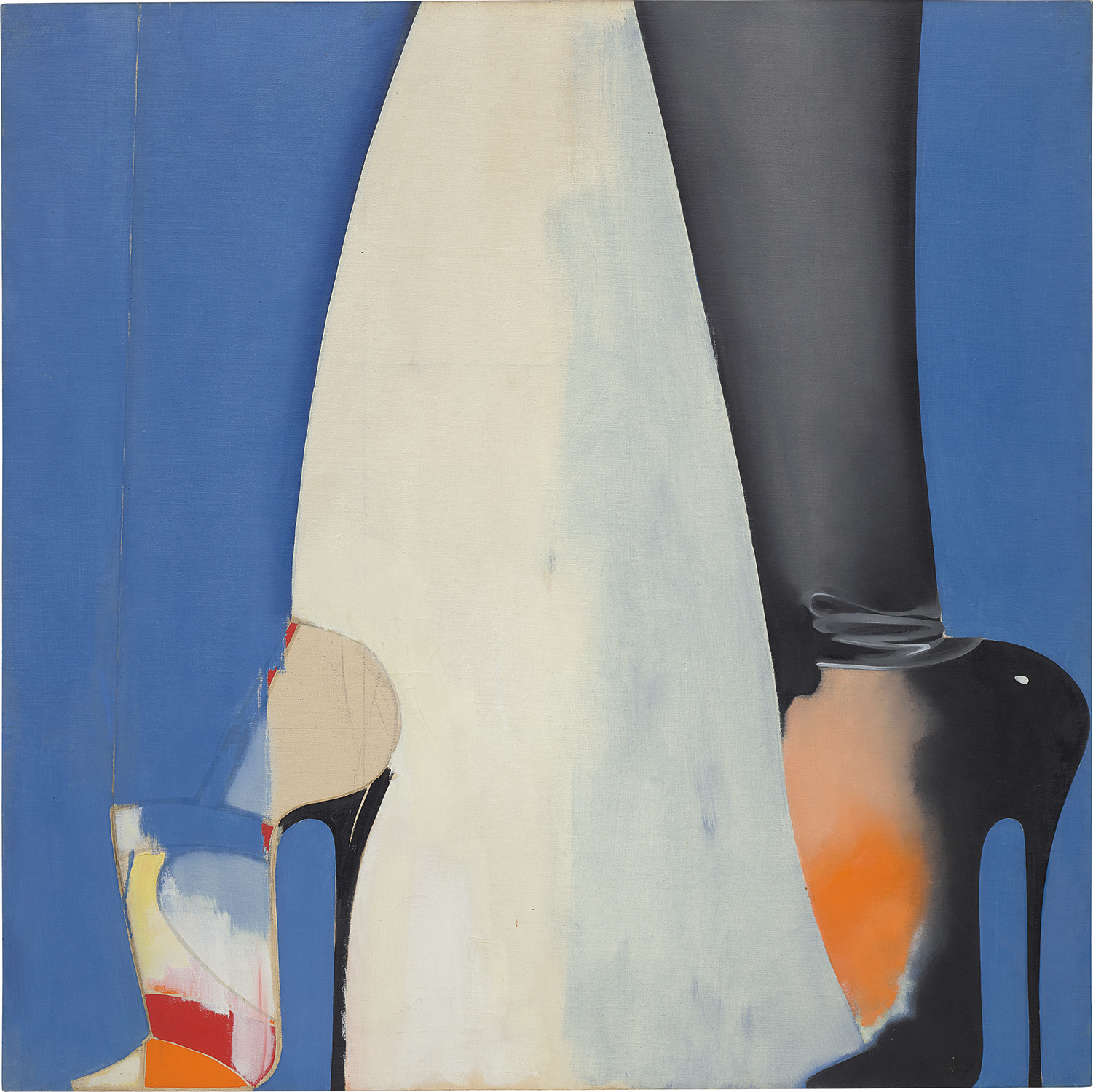

Property of a Private European Collector
20
Allen Jones
Project for Fifteen Foot Women
signed, titled and dated 'Allen Jones Project for Fifteen Foot Woman 1967' on the stretcher
oil and graphite on canvas
91.5 x 91.5 cm (36 x 36 in.)
Executed in 1967.